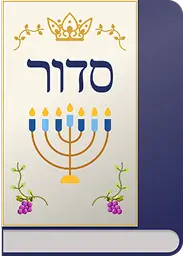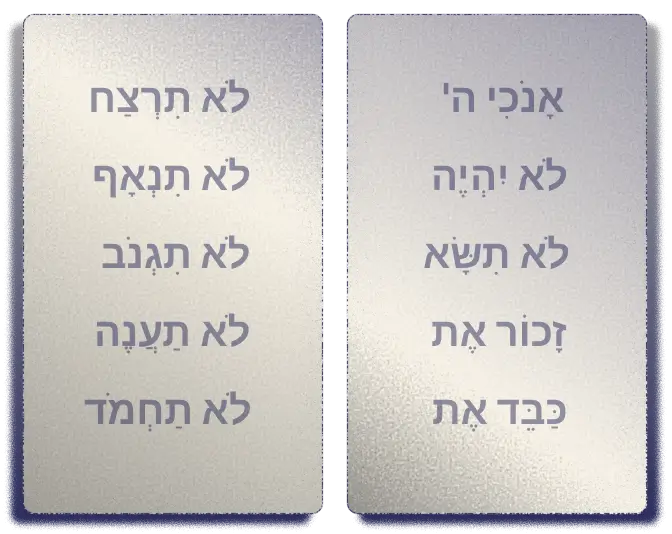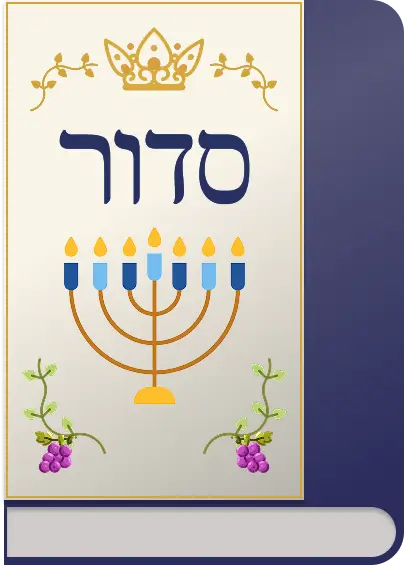

When holiness attains completion, inspiration follows. “The Shechinah rests upon him and a new spirit is placed within him.” (Mesilat Yesharim 26)
The Ramchal concludes his ladder with the state in which ethical discipline becomes spiritual transparency. The individual who has purified deed and intention no longer merely performs Divine service; he becomes its medium. Holiness (Kedushah) represents the human ascent toward G-d, while Ruach HaKodesh denotes the reciprocal descent of Divine awareness into human consciousness.
For Ramchal, Ruach HaKodesh is not ecstatic revelation but the natural consequence of moral and spiritual refinement. Once self-interest has been eradicated, the human faculties become sufficiently clear for Divine influx (hashra’ah) to dwell within them. The process that began as intellectual vigilance (Zehirut) and ethical precision (Nekiyut) culminates in cognitive participation with the Divine will. Avraham Avinu exemplifies this dynamic: the same voice that once commanded him to depart from his land now speaks through him. The doubled call—“Avraham, Avraham” (Genesis 22 : 11)—signifies the convergence of the human and Divine aspects of the self.
The structure of Mesilat Yesharim may be read as a psychology of revelation.
Avraham’s life forms the archetype of inspired consciousness. His public proclamation—“He called in the name of Hashem” (Genesis 21 : 33)—is described in Bereishit Rabbah 48 : 10 as a diffusion of the Divine Name through ordinary social encounter. His prophetic voice becomes coextensive with his ethical life. The question that opened his journey, “Ba-mah eida / How shall I know?” (Genesis 15 : 8), finds resolution in the culminating “Avraham, Avraham.” The former expresses epistemic distance; the latter, participatory knowledge. The covenant matures from contract to communion.
For Ramchal, the final stage of perfection is characterized by equilibrium rather than ecstasy. Once the intellect, emotion, and will have been harmonized through prior discipline, inspiration can enter without displacing rational balance. The individual lives coram Deo—“before G-d”—in continuous awareness. Ruach HaKodesh therefore represents not a new faculty but the stabilized form of holiness in consciousness. Torah study, prayer, and ethical conduct become seamless expressions of a single orientation: human thought synchronized with Divine intent.
At this summit the dynamic reverses: holiness, once attained, radiates outward. Ramchal notes that the spirit which rests upon the righteous transforms their environment; sanctity becomes communicative. In Avraham this dynamic assumes historical form. His hospitality universalizes the covenantal ethic: the tent open on all sides becomes a spatial metaphor for revelation diffused through ethical life. Ruach HaKodesh is thus not reserved for the prophet alone but models the restored relationship between Creator and creation when moral transparency prevails.
The trajectory that began with inquiry concludes with articulation. “How shall I know?” evolves into “Avraham, Avraham.” Between these two utterances unfolds the entire pedagogy of Mesilat Yesharim: from vigilance and zeal to purity, holiness, and ultimately inspiration. In Ramchal’s system, Ruach HaKodesh is not a supplement to holiness but its consummation—the point at which the human and Divine wills operate in concert. The moral order established through effort becomes the medium through which Divine speech re-enters history.
Avraham: The Path of the Just has traced the sequential transformation of faith into illumination:
from moral precision (Zehirut → Nekiyut) to spiritual intimacy (Taharah → Kedushah) and finally to inspired presence (Ruach HaKodesh). Across six studies, the Ramchal’s ladder has paralleled Avraham’s own development—from seeker to servant, from servant to vessel. The patriarch’s life thus becomes a phenomenology of prophecy: holiness perfected as knowledge embodied.
Primary
Secondary / Orientation








Theme: Inspiration emerging within descent.
Theme: The intellect illuminated by the Divine.
Theme: Revelation through reconciliation.
Theme: The resting of the spirit and the transmission of Presence.



#6 — To sanctify G-d’s Name — Leviticus 22:32
In Vayeishev / Miketz / Vayigash: Yosef attributes insight to G-d before Pharaoh (“Bil’adai; Elokim ya’aneh,” Gen 41:16) and preserves fidelity in Potiphar’s house; inspired speech and restraint become Kiddush Hashem in exile.
Narrative roots: Genesis 39:7–12; 40:8; 41:16, 38; 45:5–8.
#7 — Not to profane His Name — Leviticus 22:32
In Vayeishev: Yosef refuses transgression even at personal cost (“How can I do this evil and sin against G-d?”), modeling inspiration guarded from chilul Hashem.
Narrative roots: Genesis 39:7–10, 20–23.
#11 — To emulate His ways — Deuteronomy 28:9
In Vayigash / Vayechi: Yosef sustains and forgives his brothers; he provides bread, refuge, and reconciliation—chesed, rachamim, and selichah as the human face of Presence.
Narrative roots: Genesis 45:4–11; 50:19–21.
#12 — To cleave to those who know Him — Deuteronomy 10:20
In Vayigash / Vayechi: The family gathers around Yaakov and Yosef; Ephraim-Menashe receive blessing—deveikut to tzaddikim as a conduit for Ruach HaKodesh.
Narrative roots: Genesis 46:28–34; 47:7–10; 48:1, 14–16.
#22 — To learn Torah and teach it — Deuteronomy 6:7
In Vayigash / Vayechi: Yehudah is sent “lehorot” before Yaakov (Rashi to Gen 46:28) to establish instruction; Yaakov convenes and instructs his sons—teaching as transmission of inspired vision.
Narrative roots: Genesis 46:28; 49:1–28.
#213 — To swear in G-d’s Name to confirm the truth (when deemed necessary by court) — Deuteronomy 10:20
In Vayechi: Yaakov exacts an oath from Yosef regarding burial in Machpelah; solemn invoking of the Name frames covenantal fidelity in exile.
Narrative roots: Genesis 47:29–31; 50:5–6.
#214 — To fulfill what was uttered and to do what was avowed — Deuteronomy 23:24
In Vayechi: Yosef and the brothers carry out sworn commitments—first to bury Yaakov, then to bear Yosef’s bones in the future—nedarim as instruments that bind history to promise.
Narrative roots: Genesis 47:29–31; 50:5–7, 25.
#215 — Not to break oaths or vows — Numbers 30:3
In Vayechi: The oath to bury Yaakov in the land, and Yosef’s adjuration upon his death, are kept without delay—integrity of speech preserves sanctity of Presence.
Narrative roots: Genesis 47:29–31; 50:5–7, 25–26.
#584 — Respect your father and mother — Exodus 20:12
In Vayechi: Yosef honors Yaakov in life and death—meeting him with his sons, receiving blessings, and securing burial in the land—filial kavod as a vessel for the Shechinah.
Narrative roots: Genesis 48:1–12; 47:29–31; 50:1–14.
#587 — Mourn for relatives — Leviticus 10:19
In Vayechi: The seven-day mourning at Goren Ha-Atad frames grief within kedushah, where love and loss are elevated toward Heaven.
Narrative roots: Genesis 50:1–11.

Dive into mitzvot, prayer, and Torah study—each section curated to help you learn, reflect, and live with intention. New insights are added regularly, creating an evolving space for spiritual growth.

Explore the 613 mitzvot and uncover the meaning behind each one. Discover practical ways to integrate them into your daily life with insights, sources, and guided reflection.

Learn the structure, depth, and spiritual intent behind Jewish prayer. Dive into morning blessings, Shema, Amidah, and more—with tools to enrich your daily connection.

Each week’s parsha offers timeless wisdom and modern relevance. Explore summaries, key themes, and mitzvah connections to deepen your understanding of the Torah cycle.